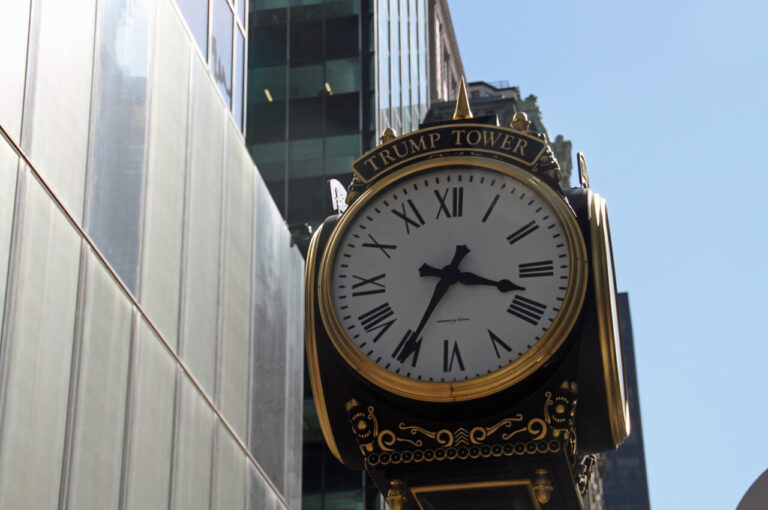As the restaurant industry grapples with ongoing labor shortages and rising costs, the compensation structure for servers is under increasing scrutiny. A proposed model featuring a $10 tipped base salary paired with a 30-hour workweek has sparked debate about its potential to generate a lucrative income, particularly through tips. If servers work efficiently and deliver excellent customer service, could they realistically earn an additional $300 in tips each week? This article explores the viability of this compensation model and its implications for workers and restaurant owners alike.
Understanding the Tipped Wage Structure
The tipped wage system in the United States allows employers to pay servers a base salary below the federal minimum wage, provided that tips make up the difference. Currently, the federal tipped minimum wage stands at $2.13 per hour. However, many states have implemented their own regulations, leading to variations in pay structures across the country. In states like California, for example, the minimum wage for tipped employees is much higher.
Assessing the Financial Implications
To evaluate the feasibility of a $10 base wage and a 30-hour workweek, it’s essential to consider both the guaranteed income and the potential for tips. A breakdown of the earnings can provide clarity:
| Item | Amount |
|---|---|
| Base Pay ($10/hour for 30 hours) | $300 |
| Estimated Tips | $300 |
| Total Weekly Earnings | $600 |
Under this model, servers would earn $300 from their base pay, with the potential to match that amount through tips. The tipping culture in the U.S. plays a significant role in determining whether this income is attainable.
Factors Influencing Tip Amounts
The amount servers earn in tips can vary based on several factors:
- Location: Restaurants in urban areas or affluent neighborhoods may yield higher tips due to a wealthier clientele.
- Type of Establishment: Fine dining establishments typically generate more significant tips compared to casual dining venues.
- Customer Interaction: Servers who provide exceptional service often receive greater tips, highlighting the importance of interpersonal skills.
- Shift Timing: Serving during peak hours, such as dinner service on weekends, can lead to increased customer volume and tips.
Case Studies and Real-World Examples
To better understand this compensation model’s effectiveness, examining real-world examples is crucial. Many restaurants have adopted similar pay structures, particularly in cities with high living costs. For instance, in New York City, some establishments offer a higher base wage combined with a robust tipping culture, allowing servers to earn substantial incomes.
According to a report by the Forbes on restaurant wages, servers in busy locations often report tips that can exceed $500 in a single weekend. However, this is not universally applicable, and the earnings can fluctuate significantly based on the factors mentioned earlier.
The Pros and Cons of the Proposed Model
Implementing a $10 base pay and a 30-hour workweek could offer several advantages and challenges:
Advantages
- Increased Stability: A higher guaranteed wage can provide financial security for servers, particularly during slow business periods.
- Attracting Talent: Competitive pay may attract skilled workers, reducing turnover rates in an industry known for high attrition.
- Enhanced Customer Experience: Servers who earn a stable wage may be more motivated to provide excellent service, improving overall customer satisfaction.
Challenges
- Pressure on Restaurant Margins: Higher wages may force restaurant owners to increase menu prices, potentially driving away price-sensitive customers.
- Variability of Income: Dependence on tips can still lead to income fluctuations, making budgeting challenging for servers.
- Potential Decrease in Tips: If tips do not meet expectations, servers may feel dissatisfied despite a higher base wage.
Conclusion: A Path Forward?
As the restaurant industry continues to evolve, exploring alternatives to traditional tipping structures may be beneficial. A $10 tipped base and a 30-hour workweek could offer a viable solution for both servers and restaurant owners, provided that tips remain robust. However, the success of such a model will ultimately depend on customer willingness to tip generously and the ability of restaurants to maintain profitability. The ongoing conversation about fair wages and sustainable practices will likely shape the future of restaurant compensation.
Frequently Asked Questions
What is the significance of a $10 tipped base in restaurant pay?
The $10 tipped base refers to the minimum hourly wage that employees, particularly waitstaff, receive before tips. This base wage is crucial as it determines the overall earnings potential for restaurant workers, especially in establishments where tipping is a common practice.
How does a 30-hour workweek impact overall earnings in the restaurant industry?
A 30-hour workweek allows restaurant employees to balance their work and personal life while still earning a reasonable income. However, the overall earnings depend significantly on the volume of tips received during those hours, which can vary widely based on customer traffic and service quality.
Can an employee realistically earn $300 in tips during a 30-hour workweek?
Earning $300 in tips during a 30-hour workweek is achievable but depends on several factors, including the restaurant type, location, and the employee’s ability to provide excellent service. High-volume restaurants often see greater tipping opportunities.
What factors influence the amount of tips received by restaurant staff?
Several factors influence the amount of tips received, including the restaurant’s ambiance, service quality, customer satisfaction, and even the local tipping culture. Seasonal trends and special events can also affect tipping patterns.
Is a tipped base wage of $10 sustainable for restaurant workers?
A tipped base wage of $10 can be sustainable, but it often depends on the overall tips received and the cost of living in the area. Many workers advocate for higher base wages to ensure financial stability, regardless of tips.













